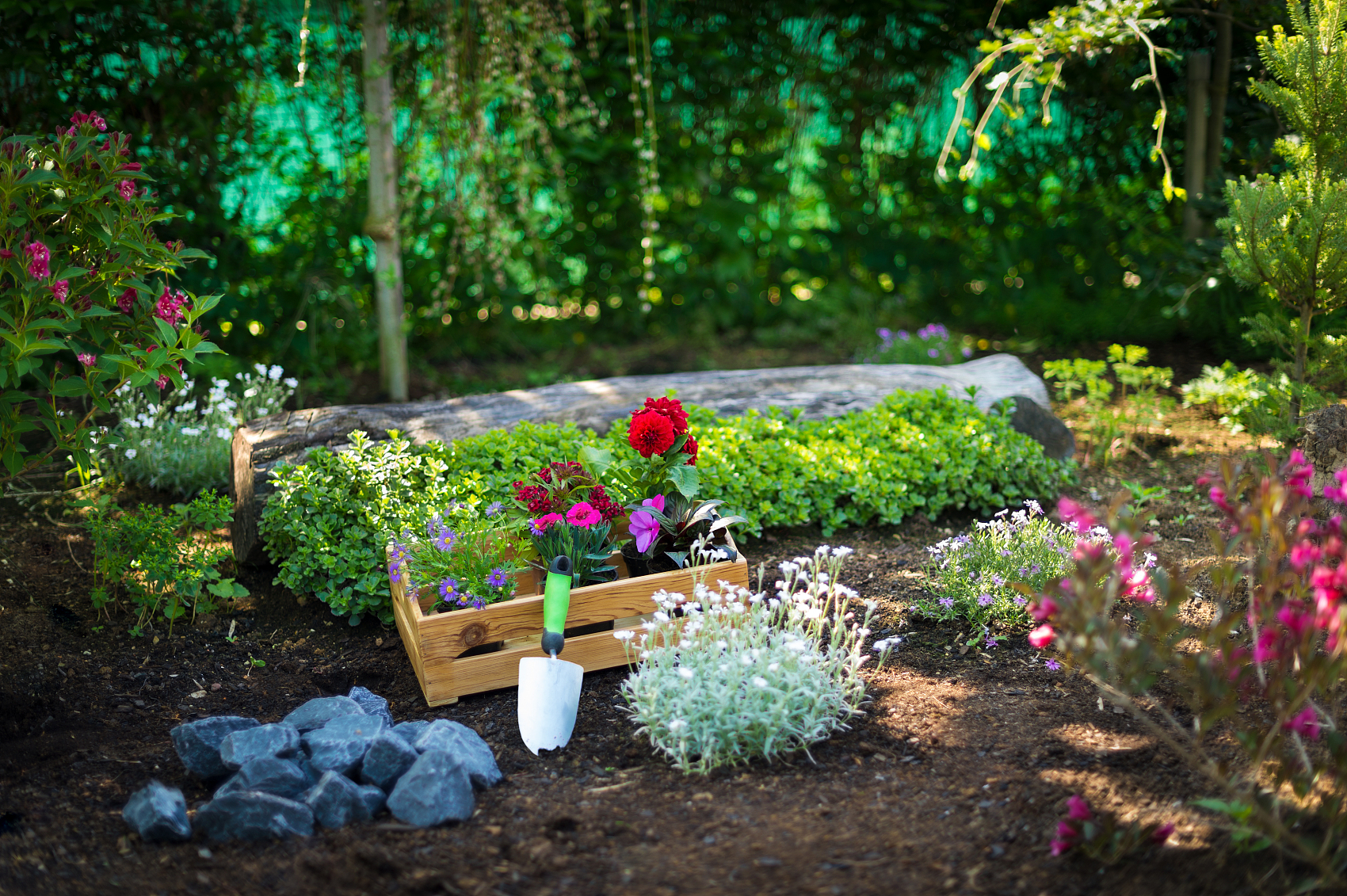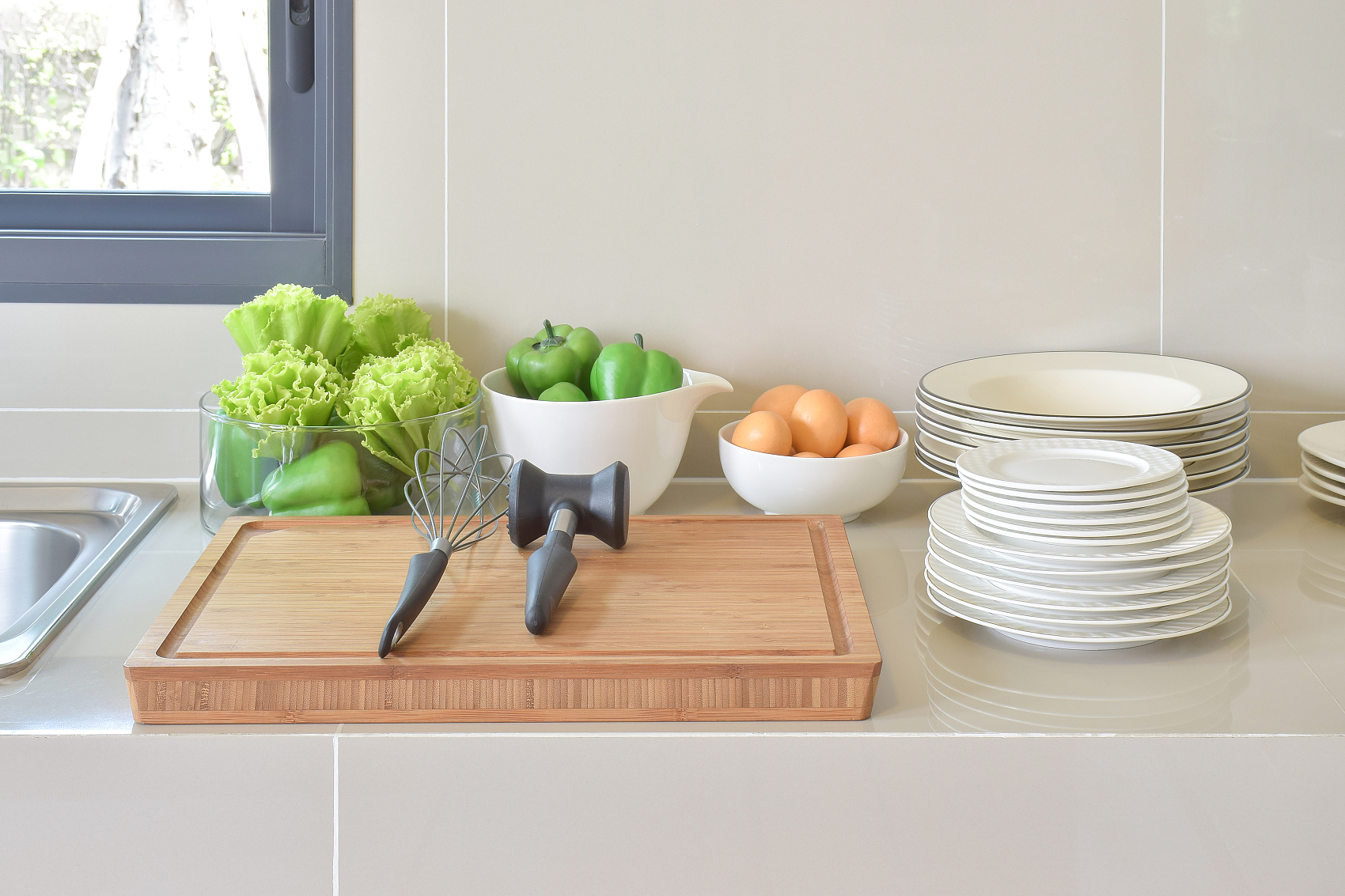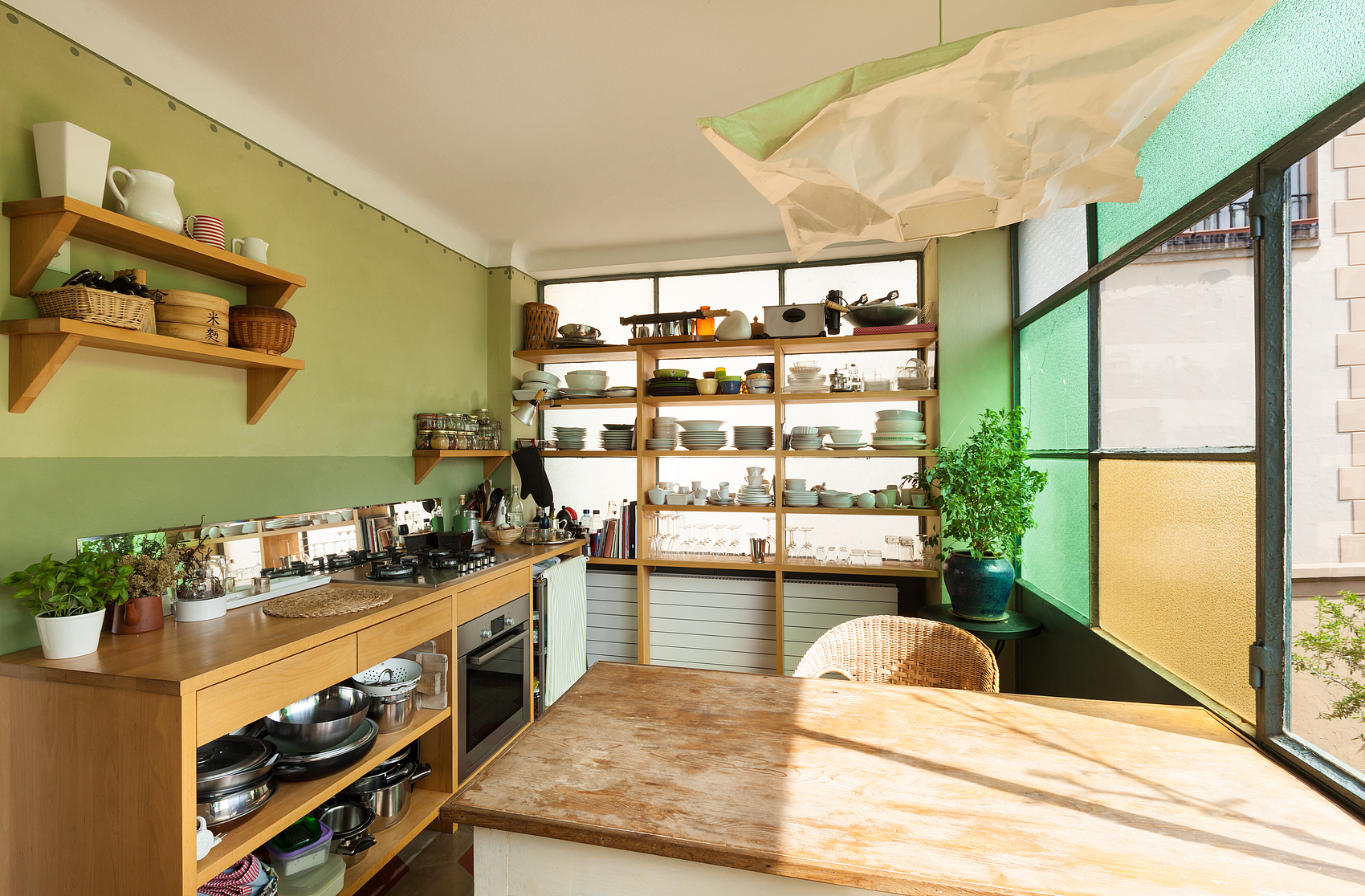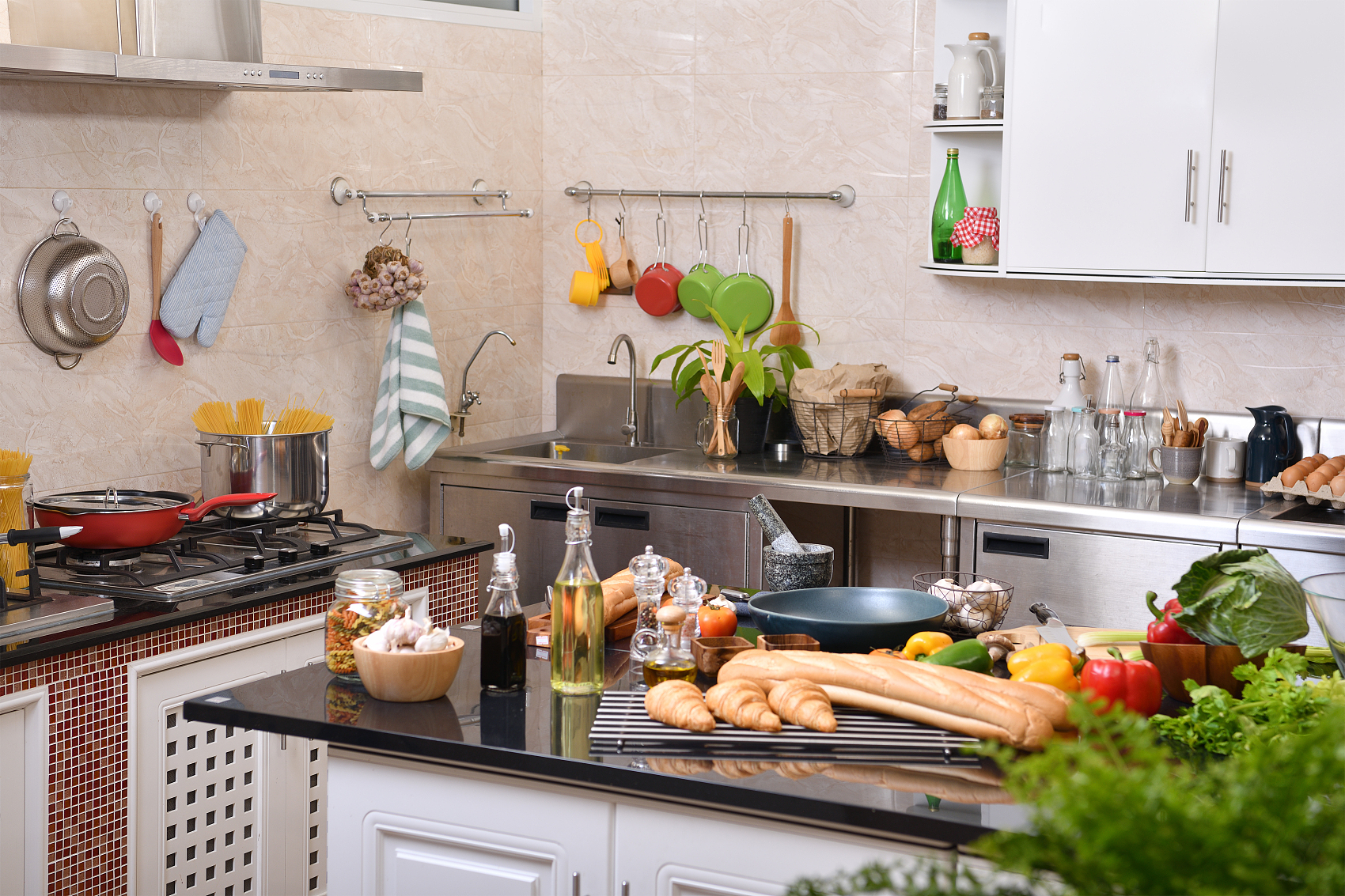The water pressure in your home should be strong enough to handle everyday tasks like washing dishes. If you notice a drop in water pressure, it could be caused by external factors like issues with the municipal water supply or leaks in your water line. Sometimes, it’s due to internal plumbing problems, affecting certain faucets or fixtures, including your kitchen sink.
Low water pressure in the kitchen sink is a common and frustrating issue, especially when you’re trying to cook or clean. It’s often caused by debris stuck in the aerator, cartridge, filter, or faucet itself. You might even be able to fix it by fully opening isolation valves under the sink. Below, we’ll walk you through how to test for low water pressure and give you 10 ways to improve it.
Testing for Low Water Pressure
The easiest way to check for low water pressure is by measuring the flow rate of your kitchen faucet. Kitchen faucets usually have a flow rate between 1.0 to 2.0 gallons per minute (GPM), with a maximum rate of 2.2 GPM. To test this, turn your faucet on full blast and let it run for one minute, then use a five-gallon bucket to collect the water.
Start a timer as soon as you place the bucket under the faucet, and stop it when the bucket is full. Divide the number of gallons by the minutes it took to fill the bucket. For instance, if it took five minutes, your faucet’s flow rate is 1.0 GPM. If the flow rate is lower than normal, try these 10 methods to boost it.
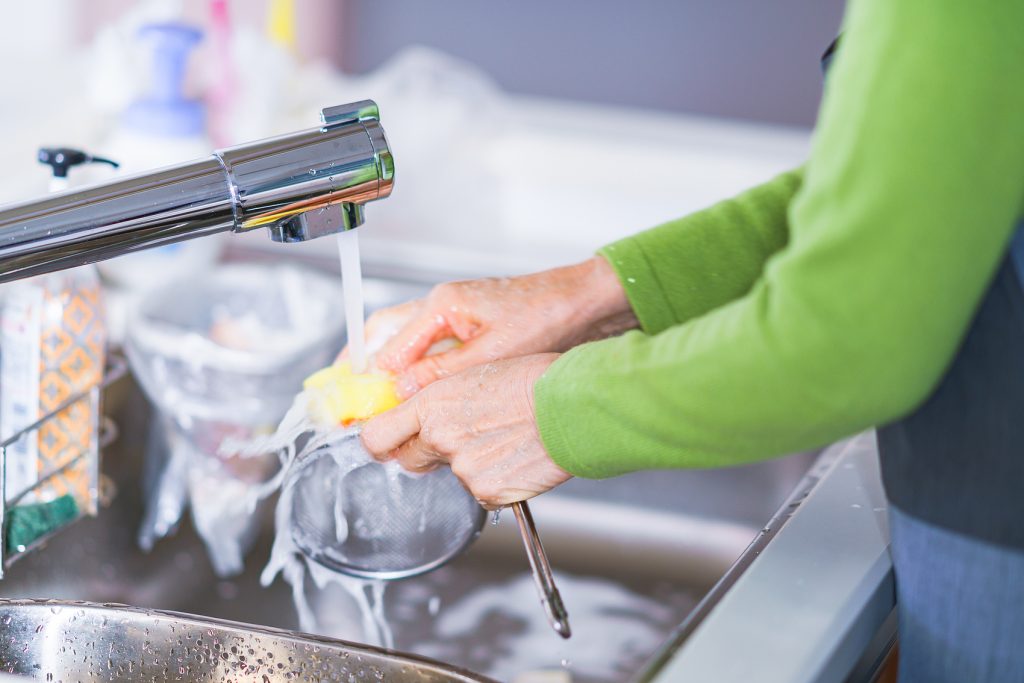
How to Improve Low Water Pressure in Your Kitchen Sink
- Clear the Aerator
The aerator at the end of your faucet can get clogged with debris, reducing water pressure. Use pliers to unscrew it, clean out any debris, and rinse it before reinstalling. If there’s mineral buildup, soak it in vinegar overnight. - Clean and Flush the Faucet
Debris, mineral deposits, or even plumbing tape can get trapped inside the faucet, reducing pressure. Turn off the water supply, disassemble the faucet, clean it thoroughly, and flush it with warm water before reassembling. - Open Isolation Valves Fully
Under your sink, check that the hot and cold isolation valves are fully open. If they’re only partially open, it will limit water flow. If they don’t function properly, consider hiring a plumber to replace them. - Unkink the Water Supply Lines
Kinked water supply lines, like a bent garden hose, can limit water flow. Straighten out any kinks, and if the line is damaged, replace it with one that fits better in the space. - Flush the Pull-Out Hose Filter
If your faucet has a pull-out hose, it may have a filter that can get clogged with debris. Remove the handle, clean the filter, and flush it with water before reinstalling. - Flush the Water Supply Lines
Sediment or debris can clog water supply lines. Turn off the water, disconnect the lines, and flush them by running water through them for about 10 seconds before reconnecting. - Adjust the Pressure Regulator
Some homes have a pressure regulator that controls the water flow. If it’s set too low, you’ll experience low water pressure. Adjust the regulator’s screw to increase the pressure, but if you’re unsure how to do this, call a plumber. - Repair Leaks or Corroded Pipes
Leaks or corroded pipes can reduce water pressure and cause damage. Inspect the pipes for any signs of leakage or corrosion, and have a plumber fix any issues. - Upgrade to Larger Water Lines
If your water lines are too small, they may limit water flow. Consult a plumber to see if upgrading to larger lines could improve your water pressure. - Install an Under-Sink Pressure Booster
If everything else is working properly but your water pressure is still low, you might want to consider installing a pressure booster. This device increases water pressure as it flows through the system. For installation, it’s best to hire a professional plumber.
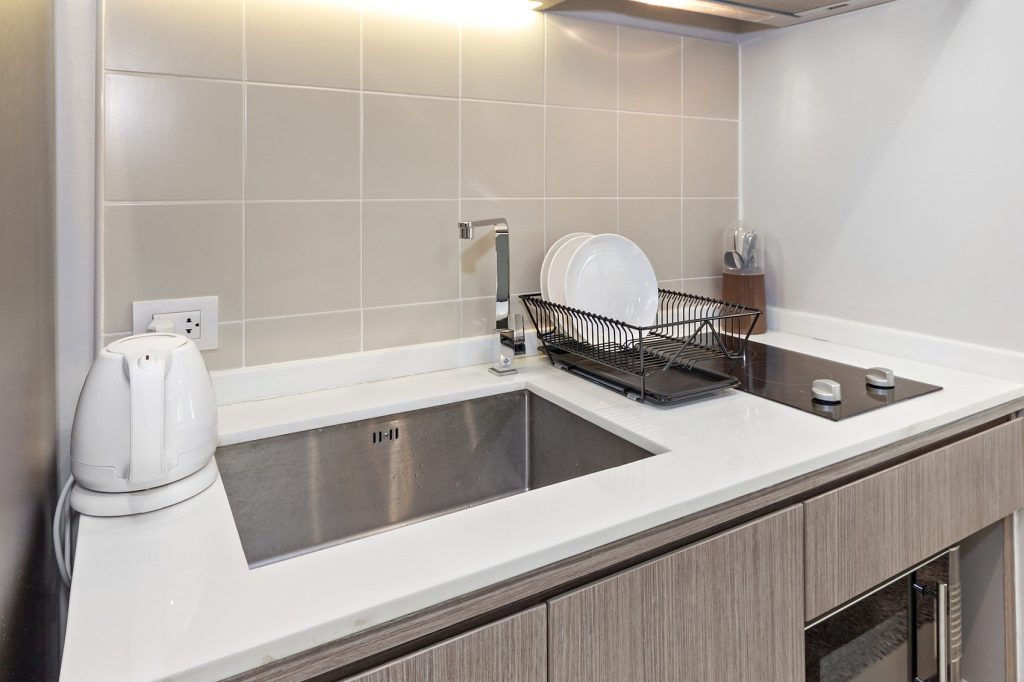
By following these steps, you can troubleshoot and improve the water pressure in your kitchen sink, making your daily tasks easier and more efficient.


